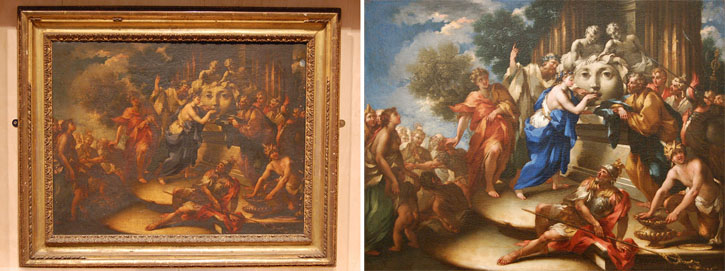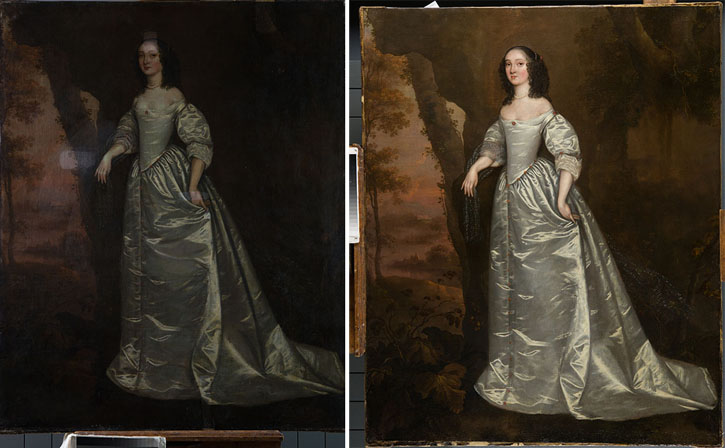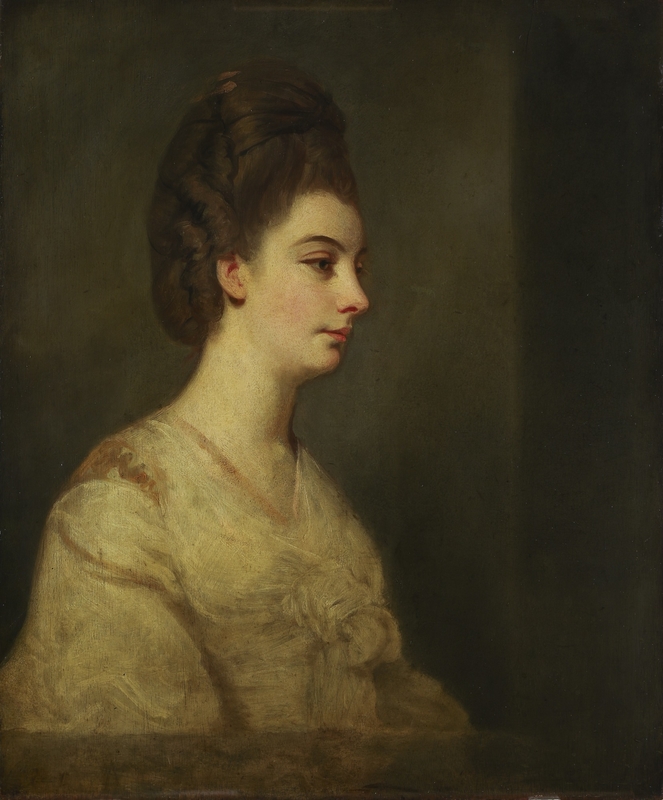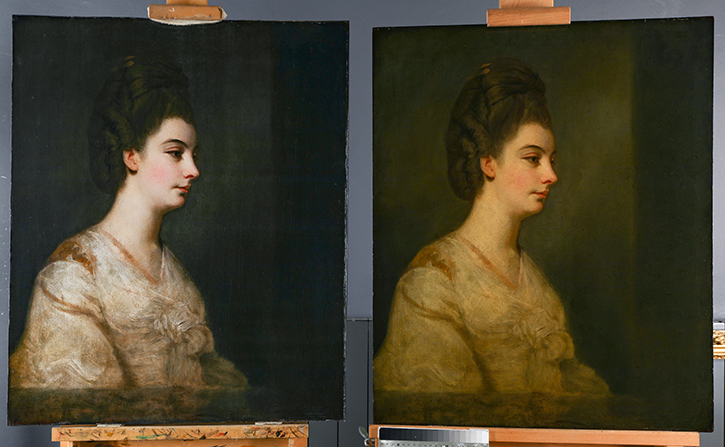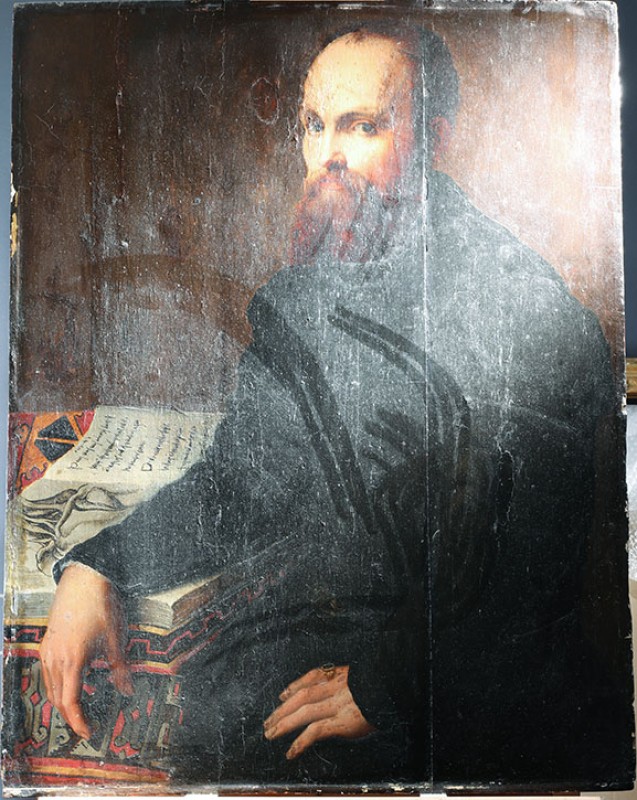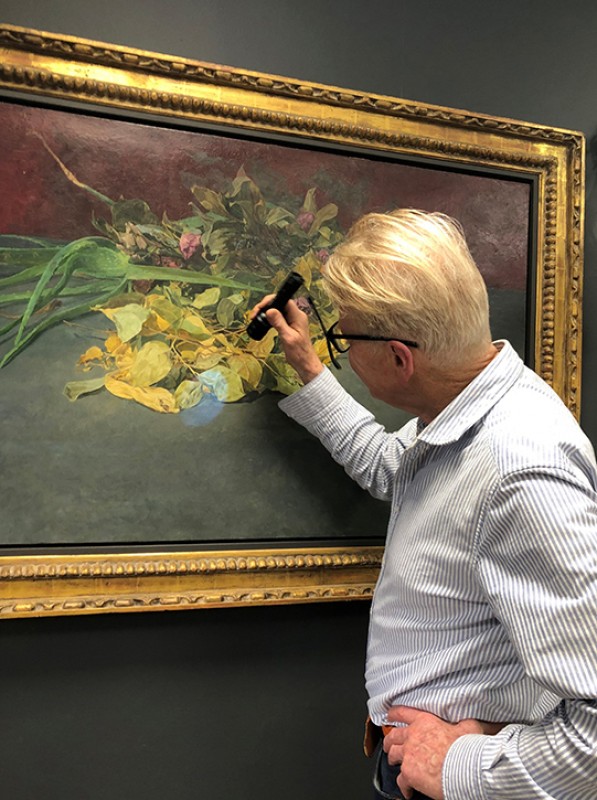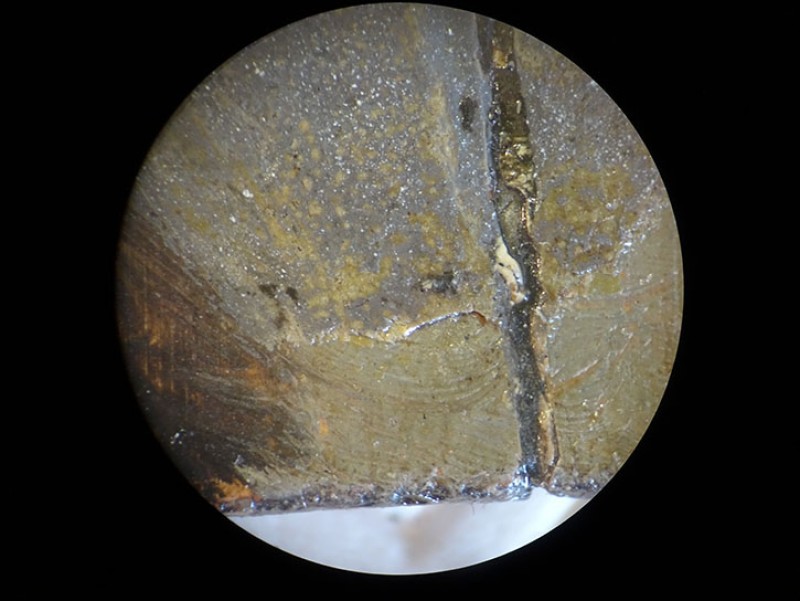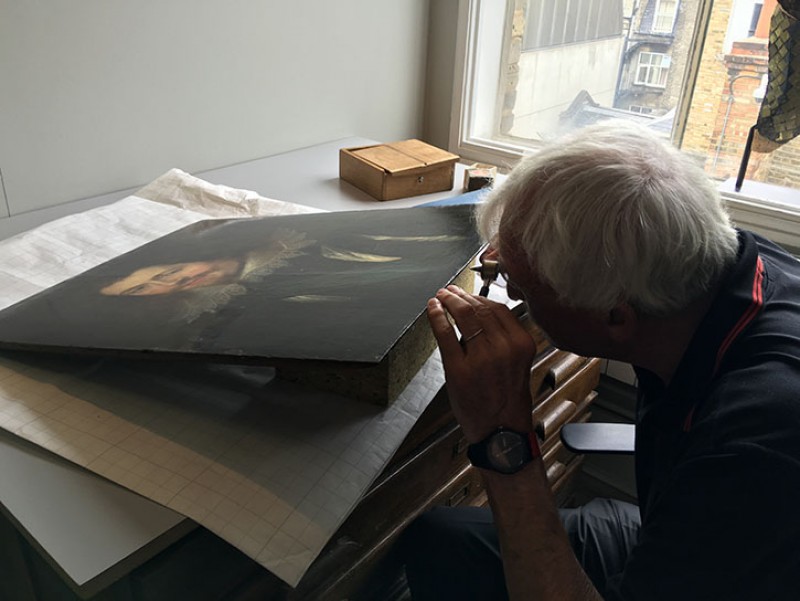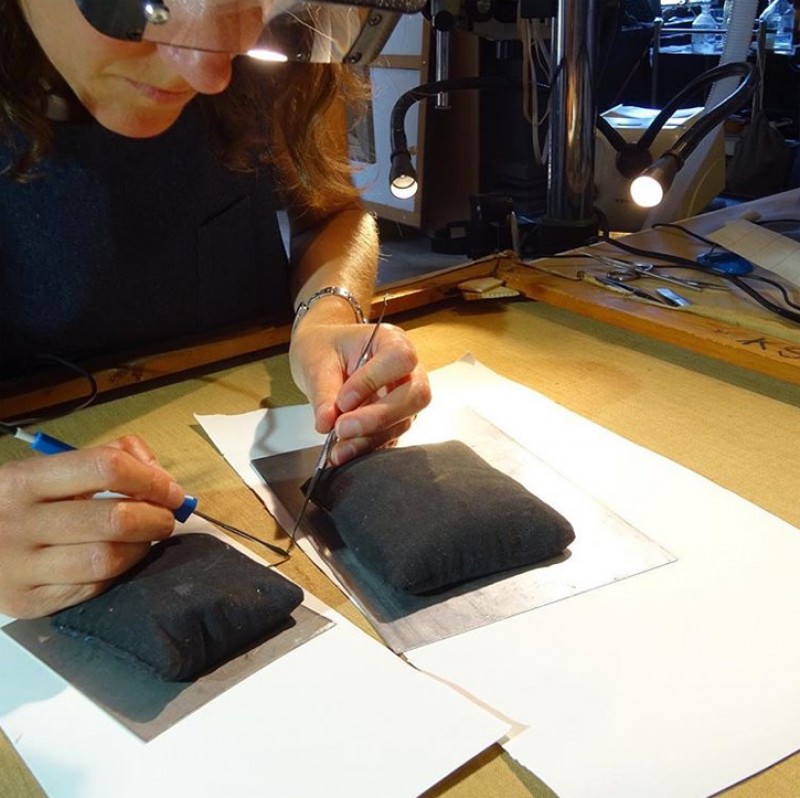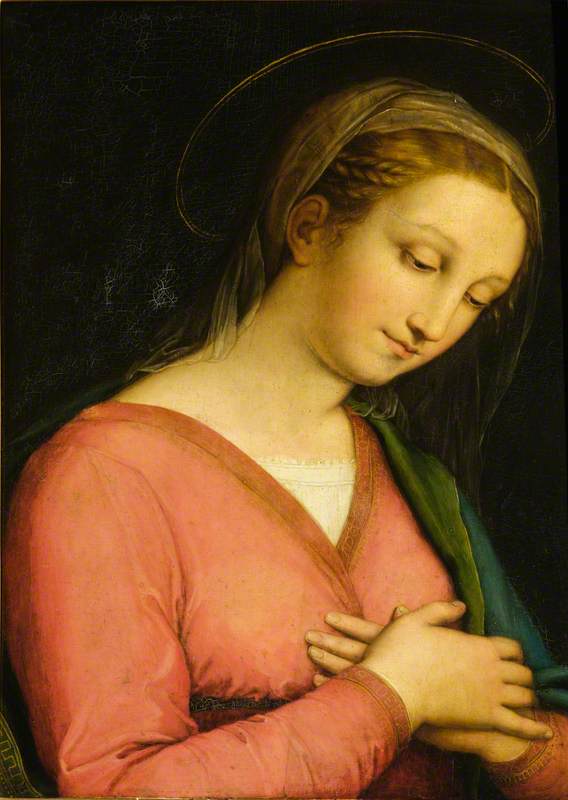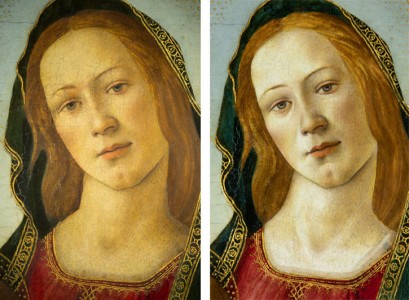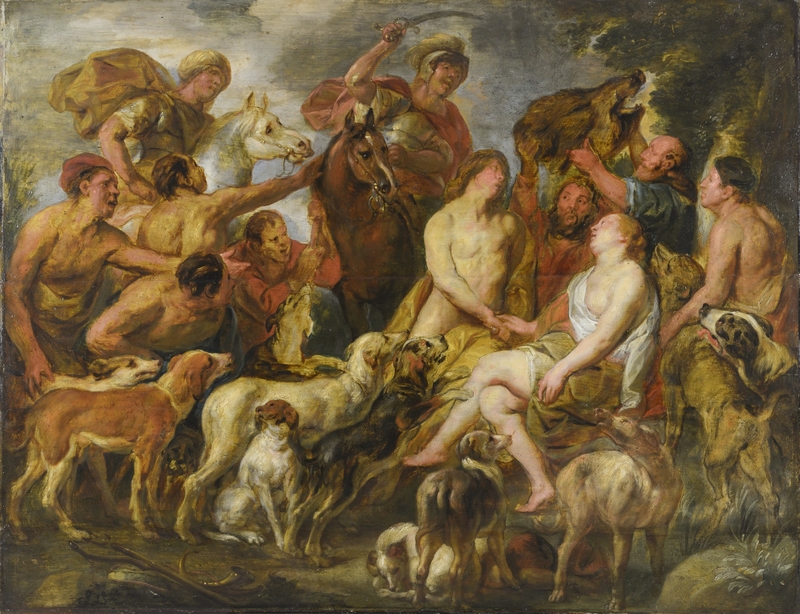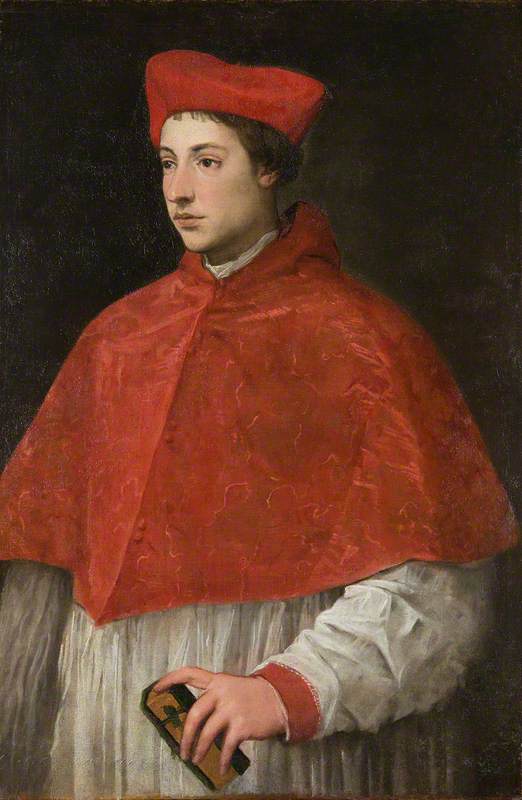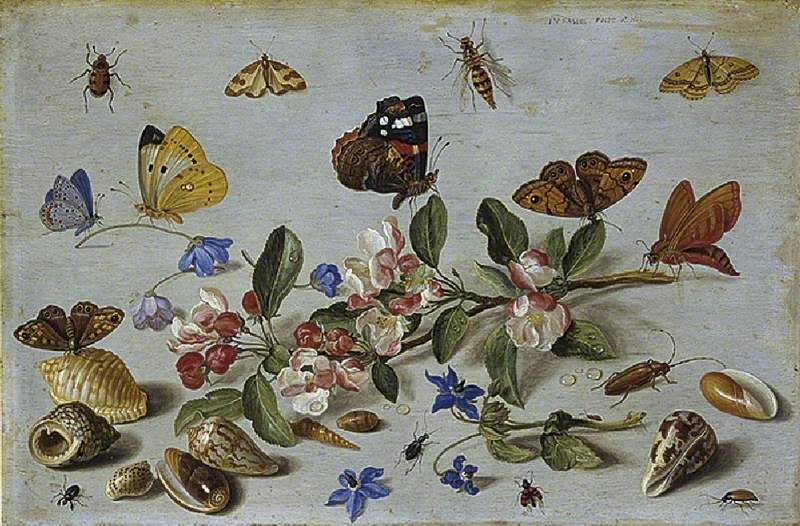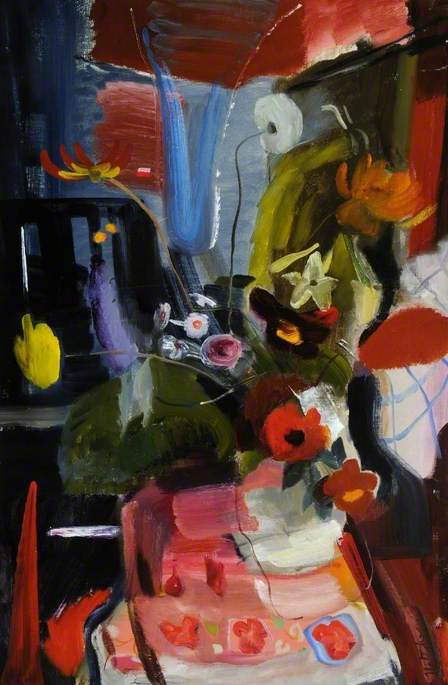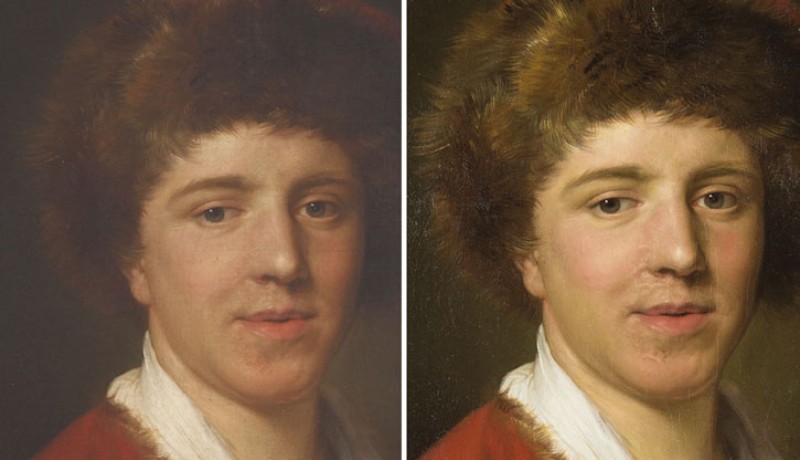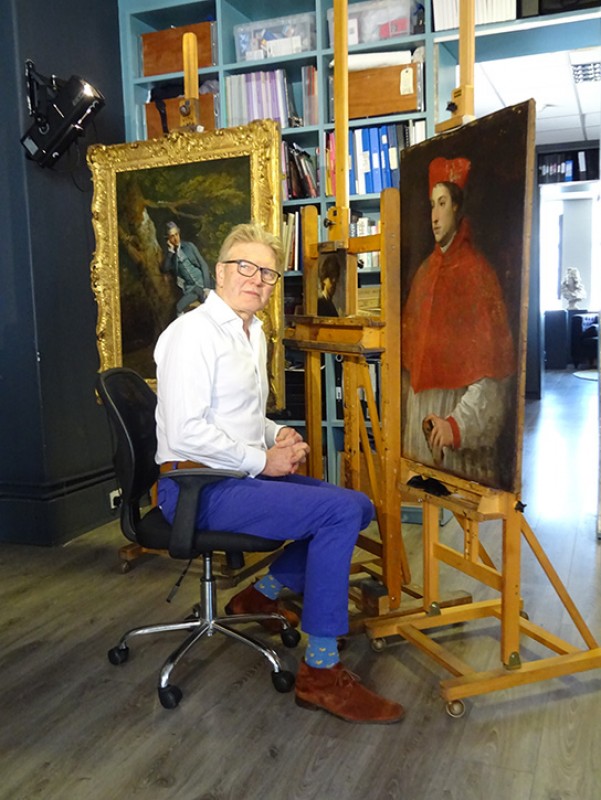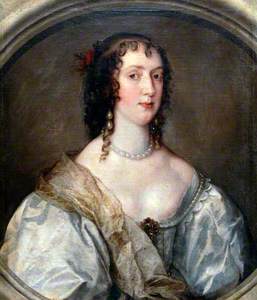In this series, 'Conservation in focus', Simon Gillespie, Director of Simon Gillespie Studio, explores the art of conservation. In each article, Simon looks in depth at a particular technique or tool that is crucial to conservators and explores the challenges – and triumphs – associated with their everyday work.
Some of the most visually striking results in conservation are achieved with the removal of old discoloured varnishes to reveal the original colours lying beneath.
Varnishes are applied by artists to saturate the paint. The effect on the paint is rather like wetting a pebble: it brings out the colours and makes a two-dimensional depiction more life-like. Varnishes also provide a barrier to dust and dirt. Until relatively recently, all varnishes were made from organic materials, which over time react with the oxygen in the air (a process called oxidisation) to gradually lose their transparency, becoming opaque and discoloured to a yellow/brown tinge.
Varnishes can be of varying glossiness, and there have been changing trends among artists and art collectors over the centuries as to whether to apply a matt or glossy varnish, but the oxidisation process also results in a loss of gloss.
View this post on Instagram
As the varnish on a picture ages, an art collector might choose to have another layer of varnish applied on top, which goes some way towards re-saturating the colours and recreating a glossy surface without having to go through the challenges of removing the old varnish and applying fresh directly onto the paint. This process was often repeated several times over the centuries, and so over time, a thick layer of multiple varnishes builds up on the artworks.
There are some interesting exceptions, for example, Claude Monet and other Impressionists deliberately did not varnish their pictures, marking themselves off as modern in their practices and in the matte finish of their paintings. Numerous contemporary artists have adopted this practice since. Most of the pictures we've treated on Britain's Lost Masterpieces – indeed, most pictures over 100 years old – will have a layer of varnish that will be discoloured if they haven't been treated by a conservator within the previous 50 years or so.
The challenge is to remove the varnish layers without damaging the paint layer beneath. This requires testing different specialist cleaning methods and materials, starting with the safest and gentlest and working up to stronger ones: the aim is always to use the gentlest method possible. The tests done will be very small – in an inconspicuous area of a few millimetres, in some cases – with careful notes taken throughout the process. Once the right materials and method have been selected, larger areas of the painting will be carefully treated.
If it can be safely done, the results are often astonishing, as in the case of La bocca della verità by Michele Rocca, which I treated for The Holburne Museum in Bath, or the Portrait of an Unknown Lady by Joan Carlile, now in the collection of Tate Britain. Suddenly the artist's bright colours come out in their full array, and where an area might have looked dark and muddied there is now depth and detail.
The varnish on Autumn – by Joos de Momper and the workshop of Jan Brueghel the elder – was not only oxidised but also 'clouded' (think of the effect of a pane of frosted glass). This occurs because of high humidity levels.
Today, we have extremely sophisticated materials and methods for removing varnishes without damaging the artist's original paint, but in the past, when knowledge of safe practices was less developed, removing a varnish was a much more risky process. Often, the underlying paint layer would be damaged and abraded by overly harsh cleaning methods. This is especially true of darker colours, because darker pigments are typically more sensitive than paler colours.
Some restorers of the past appear to have realised – midway through an attempted campaign of varnish removal – that they might be doing more harm than good: many paintings come to me with layers of partially removed varnishes. In other instances, a restorer might have realised that the varnish on top of pale colours could be removed safely, and would therefore remove it from the skin tones and any lace, for example, while leaving it on dark clothing, hair or backgrounds. The result can be an unbalanced effect where the paler colours in a painting loom too brightly and the dark areas are a murky undistinguished mess.
This was the case with the portrait of Olivia Boteler Porter (from The Bowes Museum) where the varnish covering the areas of the head and hair had been partially removed, and also to some extent with the portrait of Dr Mead by Allan Ramsay (from Montrose Museum), although, in the course of my career, I have seen even more extreme examples of this type of 'keyhole cleaning'.
In some cases, even with our sophisticated modern methods, it is not possible to remove the varnish without either risking damage to the original paint layer or leaving a patchy residue. When a portrait by Reynolds arrived at the studio from Glasgow I knew this one would present difficulties: Reynolds is famous (I should say infamous) among conservators for using experimental materials in his painting that are often highly sensitive to cleaning.
In this case, it was evident from visual inspection that the painting was covered with one or more layers of discoloured yellowed varnish, which showed under UV as a very thick, quite opaque layer, whose strong greenish-yellow fluorescence indicated a natural resin. The artist's original colours were distorted to a yellower, darker, warmer shade.
We carried out a cross-section analysis of tiny samples from four areas of the painting. The results indicated that Reynolds had used various techniques in different parts of the painting, and to make matters more complicated, it confirmed that multiple varnishes had been applied at different points in the painting's lifetime. I was interested to discuss the matter with other conservators, so I contacted Rica Jones (previously Paintings Conservator at the Tate) and others with experience of treating artworks by Reynolds. One of the great things about the profession is the collaborative spirit among conservators and the openness to sharing information.
My team concluded that the safest method of cleaning the painting would be one in which we could proceed with a certain amount of control: with a slower solvent action, ideally being able to clean in layers, possibly leaving a thin layer of the lowest varnish. This approach would have the advantage of safeguarding the sensitive paint surface while recovering some of the original's luminosity and colour. However, although we carried out extensive testing with different custom-made solutions specifically devised for this work, we found that an even result could not be achieved: we would likely have been left with a patchy surface.
As a result, the producers contacted Factum Foundation, who carried out a 'digital restoration', recording the 3D surface of the painting to create a physical facsimile of the painting. We worked with them to discuss the likely colours of the original paint, so that the scanned image made by Factum could be digitally altered to look as close as possible to how the painting might have looked when Reynolds painted it. The facsimile has been donated to Glasgow Museum, which can now display it next to the original so that visitors can see how it might look if it were possible to restore. It's amazing what technology can do.
Varnish is not the only layer that we often find sitting on top of the artist's original paint… My next topic is overpaint.
Simon Gillespie, Director at Simon Gillespie Studio
Previous: Works on canvas: mending tears and flattening undulations
Next: Overpaint: the audacity of past restorers!

